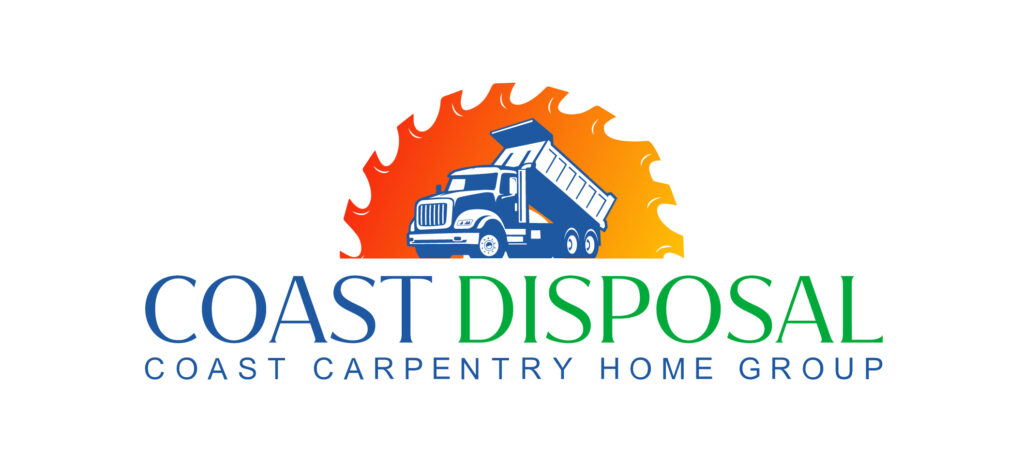Living in Cape Cod presents unique challenges and benefits when it comes to home maintenance, especially regarding insulation. For many Cape Cod homeowners, understanding why proper insulation is crucial not only helps in maintaining a comfortable home but also in reducing energy costs significantly. Insulation in a Cape Cod home plays a critical role in protecting against the chilly winds and moist air typical of coastal climates.
Many might wonder why focus so much on insulation. Well, it’s not just about staying warm. Insulation helps in minimizing energy leakage from your home, which means your heating systems don’t have to work as hard. This results in lower energy bills and a smaller environmental footprint. It also aids in preventing moisture problems that are common in areas close to the sea. Proper insulation keeps out the damp and cold, ensuring your home stays dry and warm throughout the varying seasons.
Why Insulation Is Key for Cape Cod Homes
Insulation is a crucial component of any Cape Cod home. It provides a barrier against the cold winds and damp air that are common in coastal areas. With the right insulation, we help our homes stay warm in the winter and cool in the summer, leading to increased comfort year-round. Additionally, good insulation reduces the amount of energy required to heat and cool the house, which can lead to substantial savings on energy bills.
The right insulation also helps to prevent moisture from entering the home. In coastal areas like Cape Cod, moisture in the air can be higher due to proximity to the ocean. Without proper insulation, this moisture can seep into walls and attics, leading to issues like mold and structural damage. By properly insulating our homes, we effectively block out excess moisture, keeping our living spaces dry and protecting the integrity of our homes.
Types of Insulation Suitable for Coastal Climates
Choosing the right type of insulation for a coastal climate like Cape Cod’s is essential. There are several types of insulation that work well in these conditions, each with their unique benefits. Fiberglass insulation is one of the most common types used. It’s cost-effective and resists moisture, making it a good option for areas exposed to sea air. Another great option is spray foam insulation, which not only insulates but also seals gaps and cracks, creating an airtight barrier against cold drafts and moisture.
For those looking for eco-friendly options, cellulose insulation might be the way to go. Made from recycled paper, cellulose insulation is treated with fire retardants and can be very effective in preventing heat transfer and absorbing sound. It’s also better at handling moisture than some other types of insulation, which is a significant advantage in Cape Cod’s humid climate. Selecting the right insulation involves balancing factors like thermal performance, resistance to moisture, environmental impact, and cost. Each type has something to offer, and deciding the best fit depends on specific needs and budget considerations.
Evaluating Your Home’s Current Insulation
Before you think about adding new insulation, it’s important to check what you already have. Evaluating the current insulation in your home helps you understand where you might be losing heat or letting in cold air, which makes your home less comfortable and your energy bills higher. Begin by checking the attic, since it’s one of the biggest places for heat loss in a house. Look for any signs of old or damaged insulation that isn’t doing its job anymore.
Next, consider the walls. It’s a bit harder to check insulation here since it’s hidden behind the drywall, but an energy audit can help. Professionals use tools like infrared cameras to see where your home is losing energy. Another key area to check is the basement or crawl space. Insulation here can prevent cold floors and reduce the risk of frozen pipes in the winter. An inspection by a professional can provide a clear picture of where your insulation needs updating and help prioritize improvements.
Best Practices for Installing and Upgrading Insulation
When it’s time to install or upgrade your insulation, following best practices ensures that the job is done right. First, choose the right type of insulation for each part of your home. As discussed, materials like fiberglass, spray foam, or cellulose offer different benefits. Matching the correct type with the needs of specific areas maximizes effectiveness.
Another best practice is to ensure that the installation is thorough and leaves no gaps. Even small gaps can significantly reduce the efficiency of the insulation. When installing new insulation, overlap it with the old one if the old is still in good condition, but make sure there are no compressed spots or voids. For the best results, hiring skilled professionals who understand the challenges and solutions for homes in coastal areas like Cape Cod is crucial.
Wrapping Up Your Insulation Upgrade
A well-insulated home is key to living comfortably and affordably in Cape Cod. From keeping out the winter chill to battling the summer humidity, effective insulation makes your home more energy-efficient and reduces wear on your heating and cooling systems. Remember, the right insulation not only improves comfort but also contributes to the overall value and performance of your home.
At Coast Carpentry Construction, we understand the unique insulation needs of Cape Cod homes. Our expertise in selecting and installing the optimal insulation solutions can help make your home energy-efficient and comfortable throughout the year. Don’t let inadequate insulation compromise your home’s comfort. Contact us today, and let’s start optimizing your home to beat any weather condition. Let’s keep your home cozy, protected, and efficient together.







